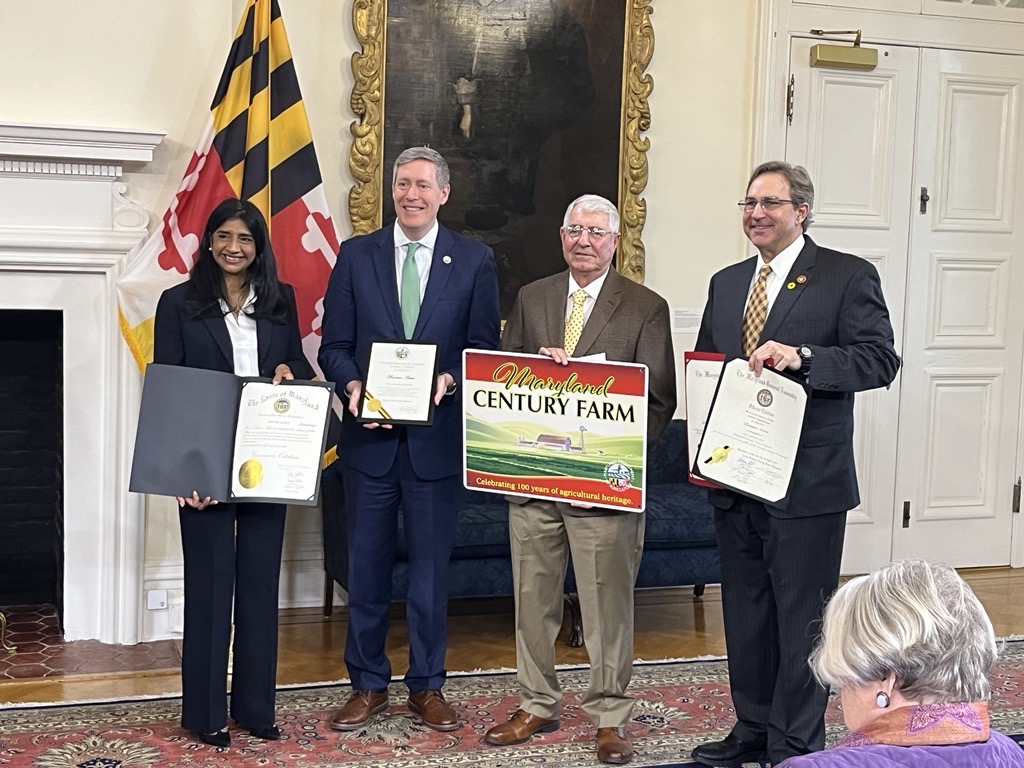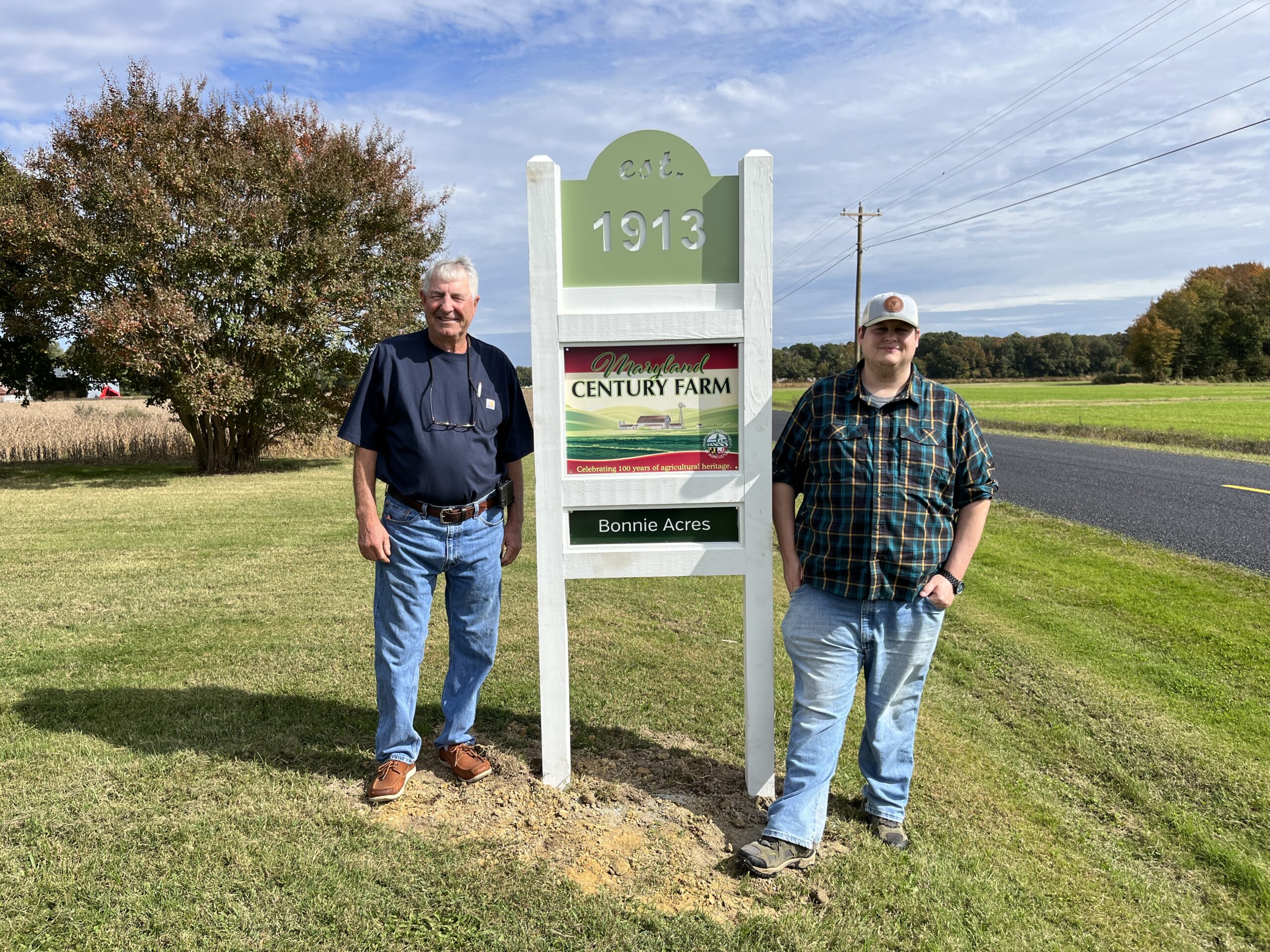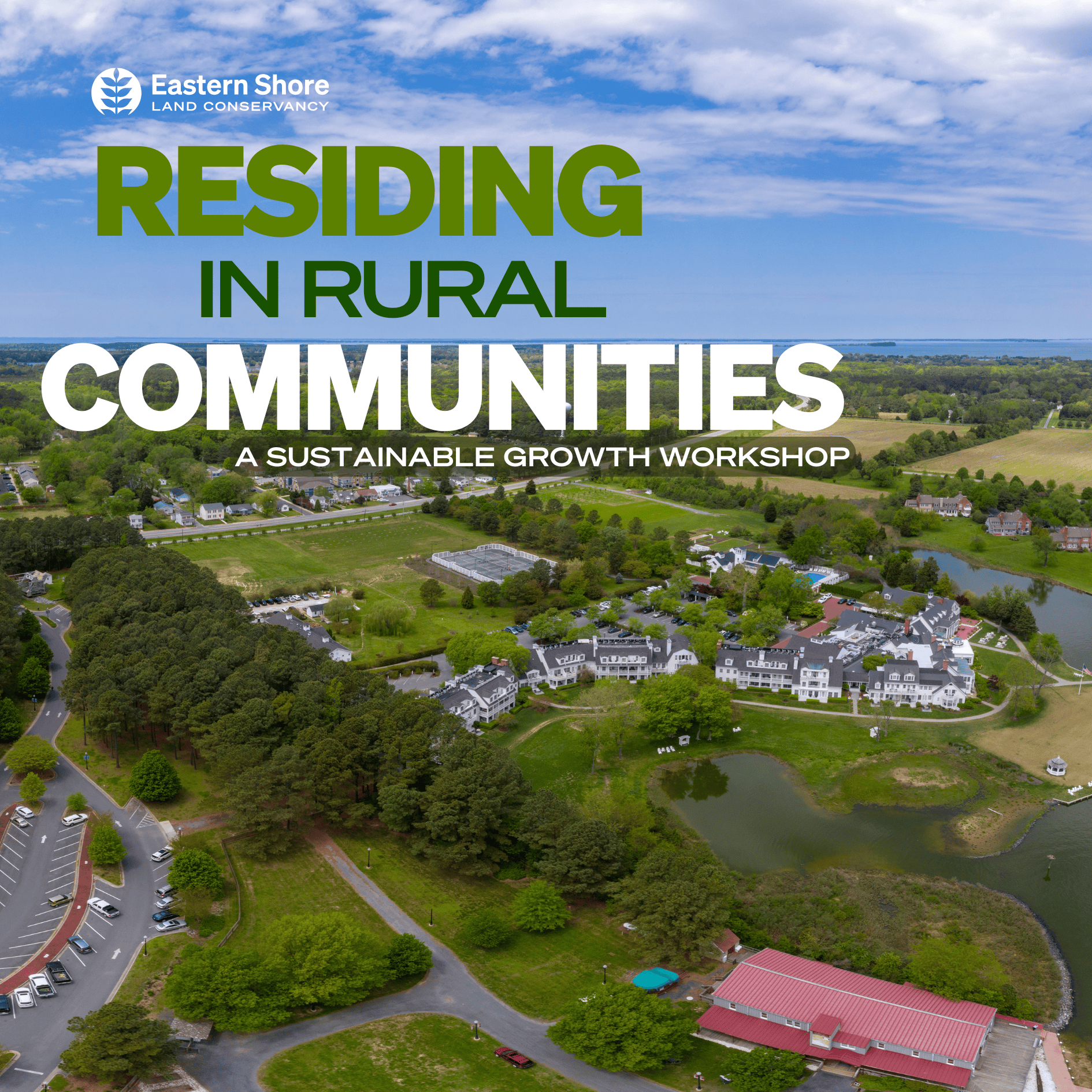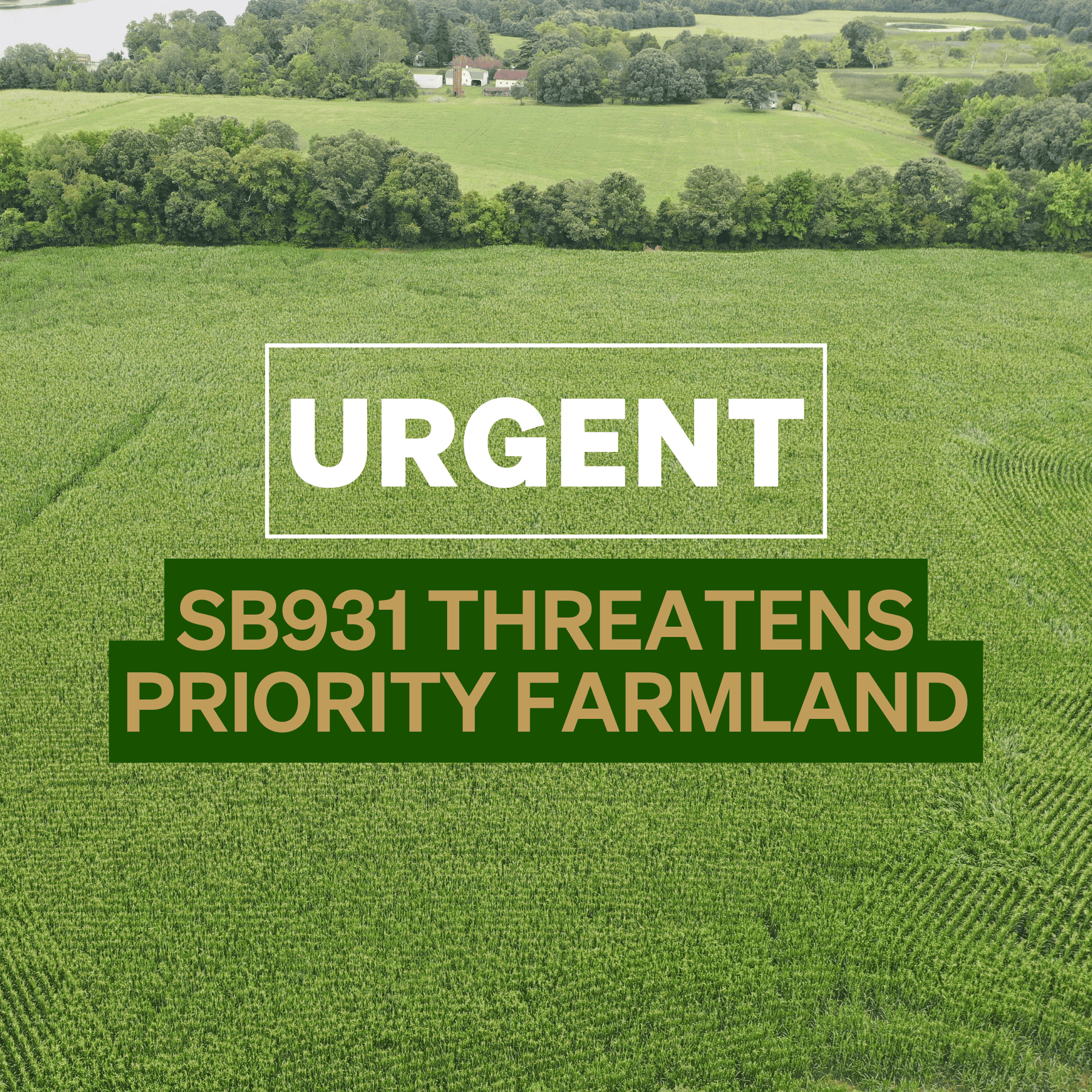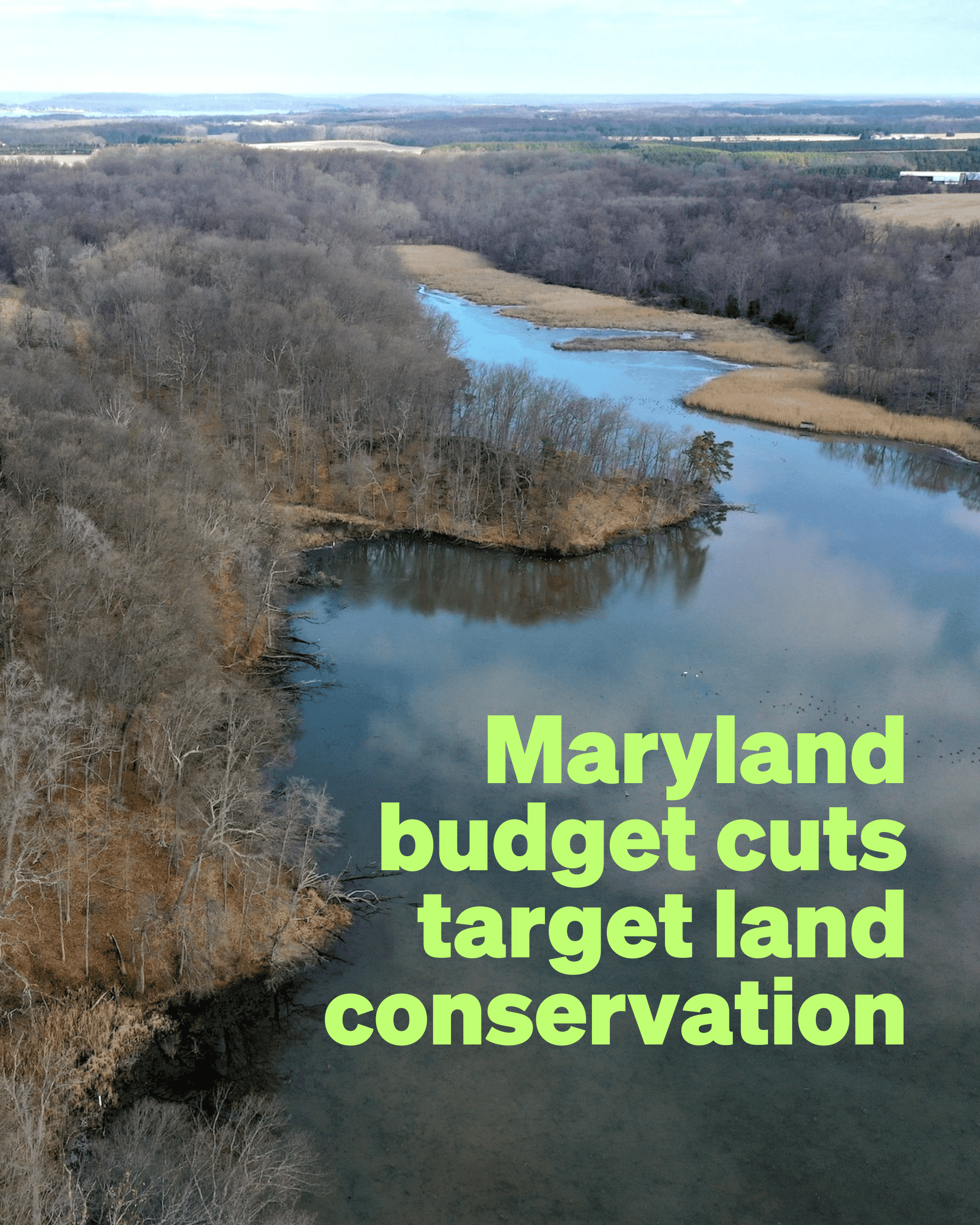One Hundred Years in the Heartland
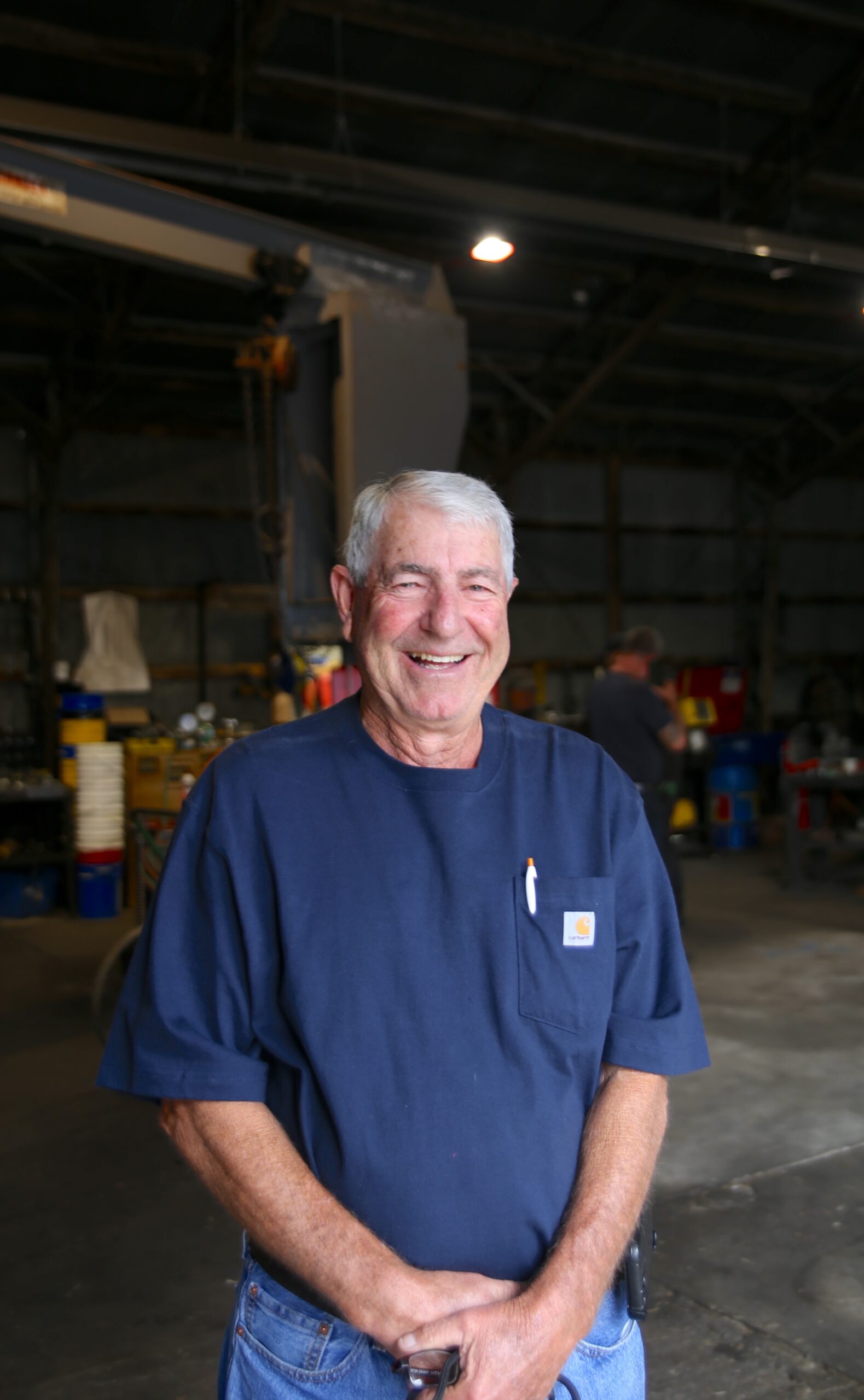
Last fall we had the pleasure of visiting Walt and Stella Lee Coulbourne’s Bonnie Acres farm in Caroline County. This property is near and dear to Eastern Shore Land Conservancy as it is the family farm of our Director of Land Conservation, David Satterfield. When Satterfield recently helped to redesign Maryland’s Rural Legacy Areas to include a corridor called the “Eastern Shore Heartland,” Bonnie Acres and its neighboring farms were the very heart he had in mind. Originally purchased in 1915 by Thomas Coulbourne, the farm has remained in active production for more than 100 years and was honored in April as an official Maryland Century Farm. Thanks to the 2003 donation of David’s grandparents Rudolph and Mildred Coulbourne, a conservation easement will now protect the farm for centuries to come.
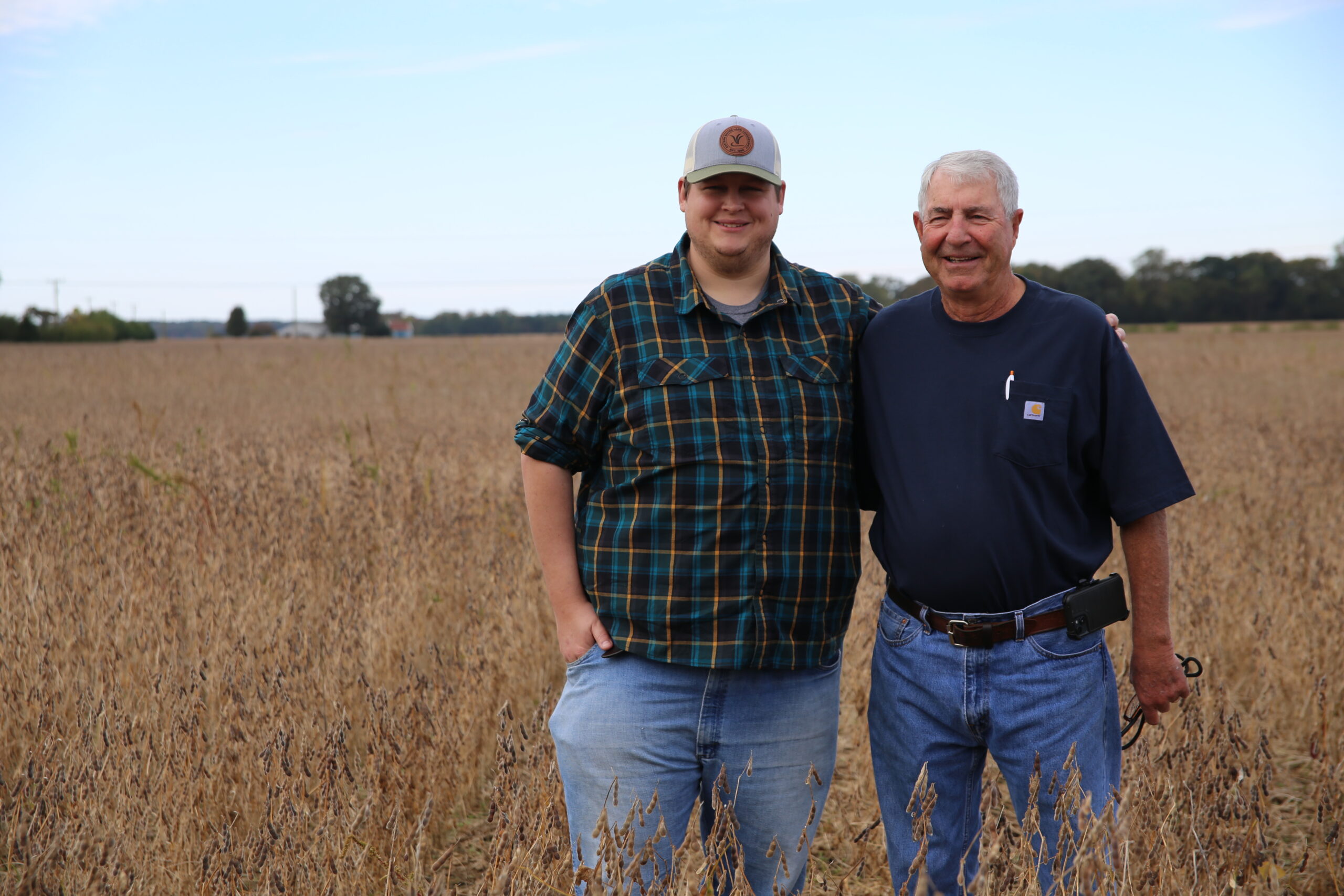
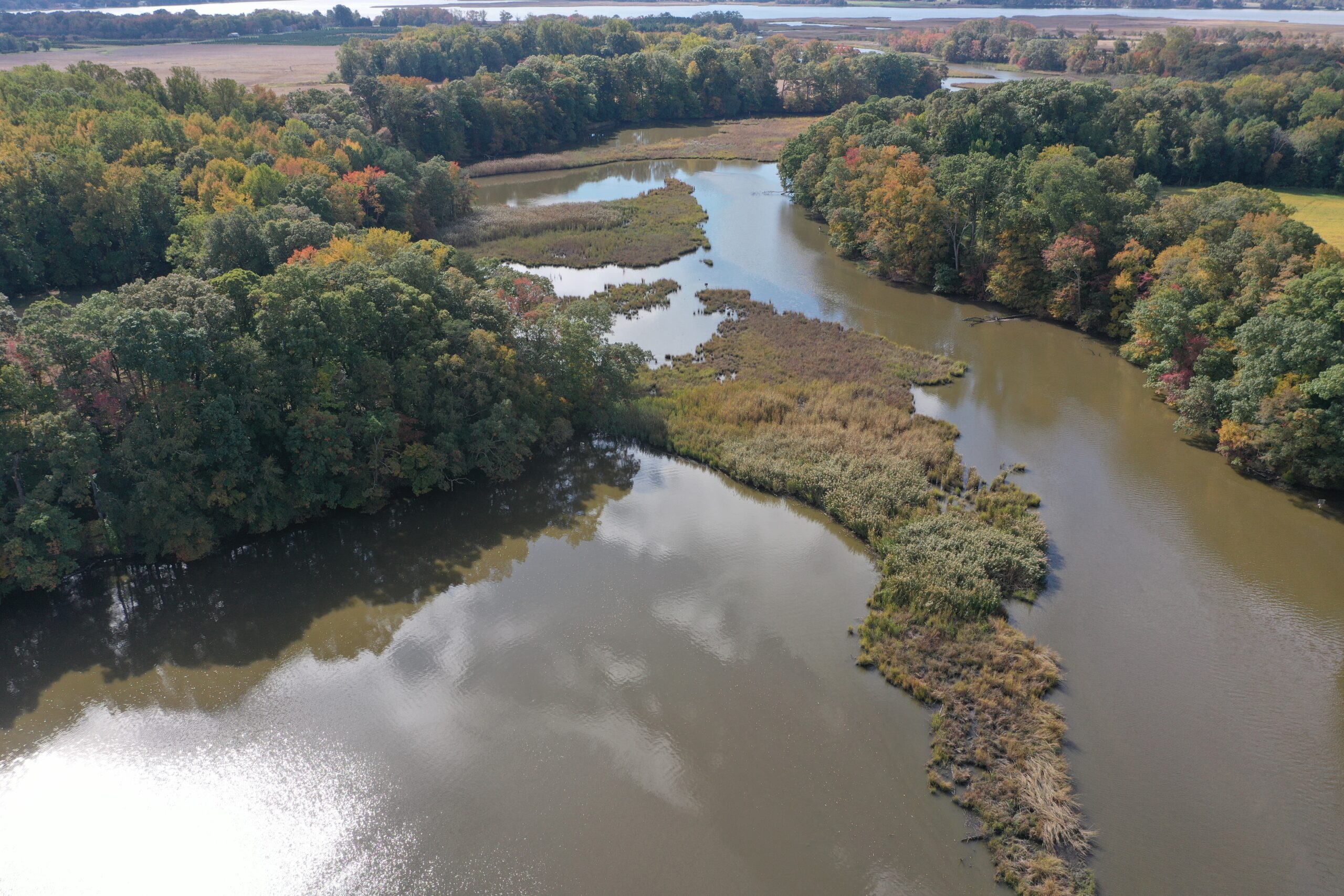
Bonnie Acres’ easement includes 91 acres of productive cropland, 25 acres of pasture, 43 acres of forest, roughly five acres of tidal wetland and 3,250 lineal feet of frontage along Marsh Creek, a tributary of the Choptank River. Though singularly beautiful with its mature trees, tidy rows of beans, and peg-built farmhouse—the deeper beauty that resonates at Bonnie Acres is its connection to the greater community. For centuries the neighbors of Bonnie Acres have come to lend a hand with chores, offer fellowship, and share stories and tractors. And for centuries the farmers of Bonnie Acres have tended to their neighboring farms through chores, equipment repairs, advice, and camaraderie.
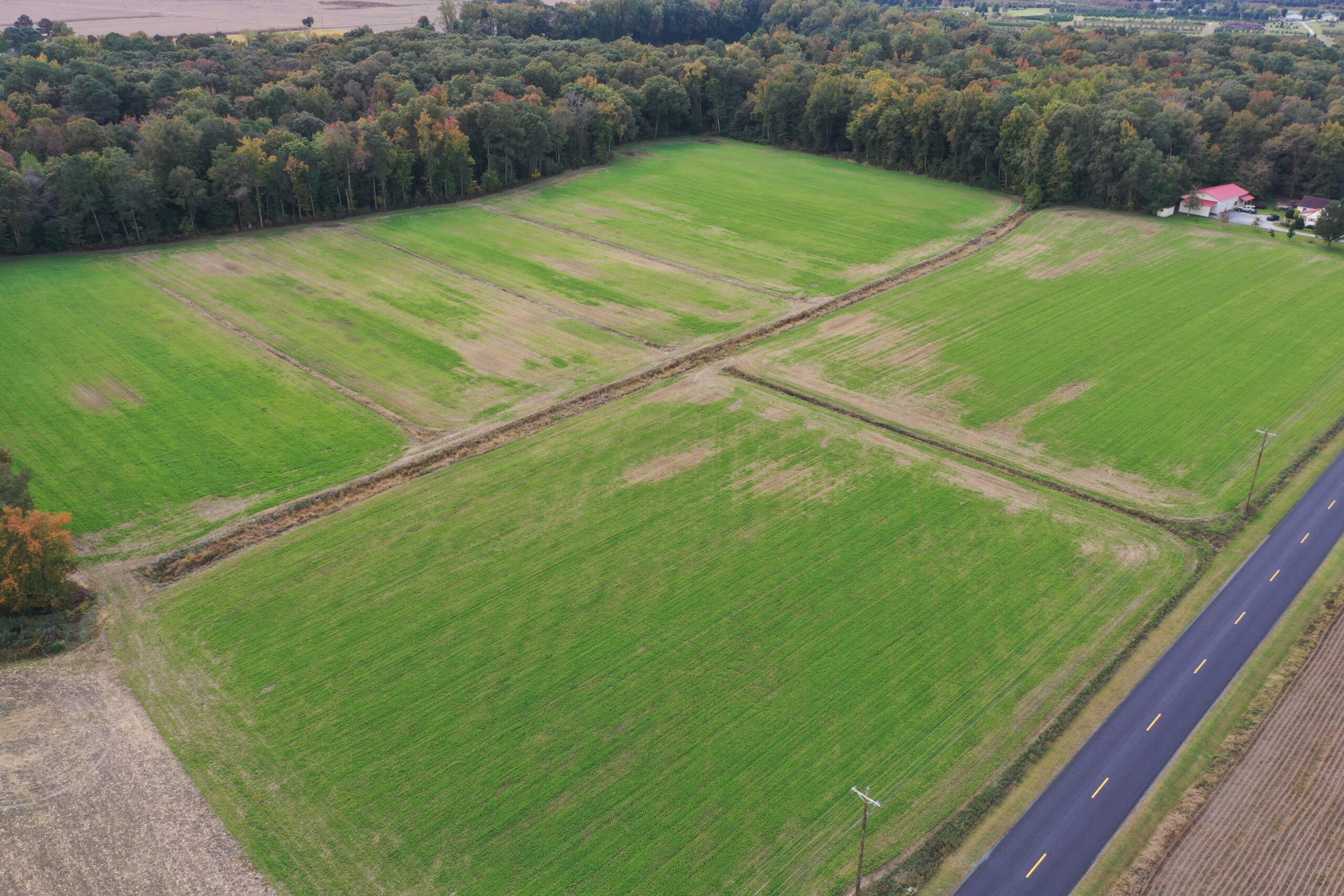
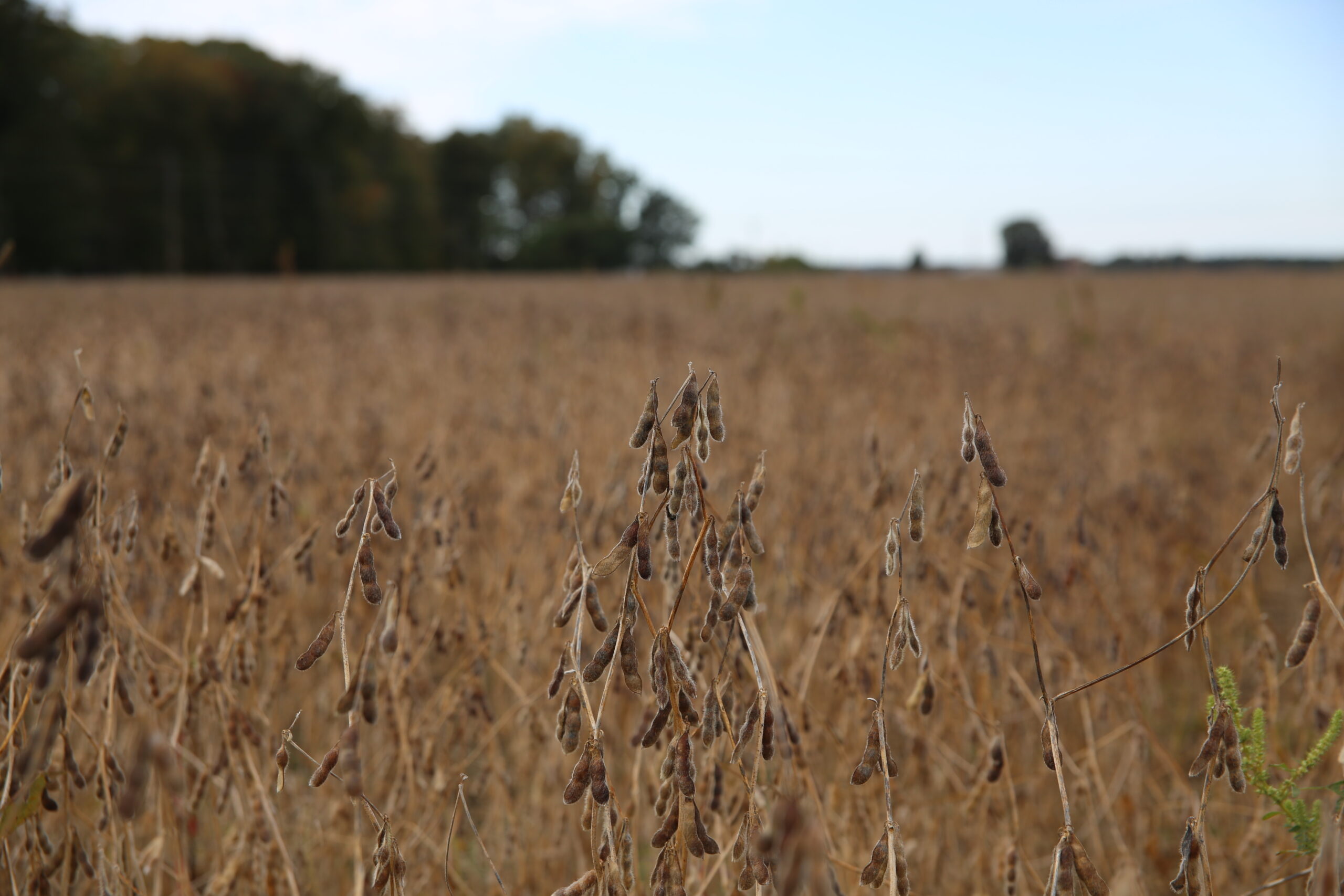
Successful agriculture depends upon community. It’s not realistic for a small farm to be able to afford a million-dollar combine, so the Coulbournes depend upon the Cheezum family’s equipment to help them harvest their soybeans. In turn, David and his brother have spent seasons working for the Cheezums on their farm. And Walt’s father had a similar relationship with the Voshells back when the farm was more livestock than row crop. These relationships are not just encouraging, but essential for successful farm production on the Eastern Shore. If one farm is lost to development it can leave a hole in the system, undoing generations of successful collaboration. In the same way that contiguous forests create more successful wildlife corridors, contiguous farms create a more successful local economy. Conservation easements keep those connections stable while financially bolstering young farmers who need a boost and helping older farmers be able to retire.
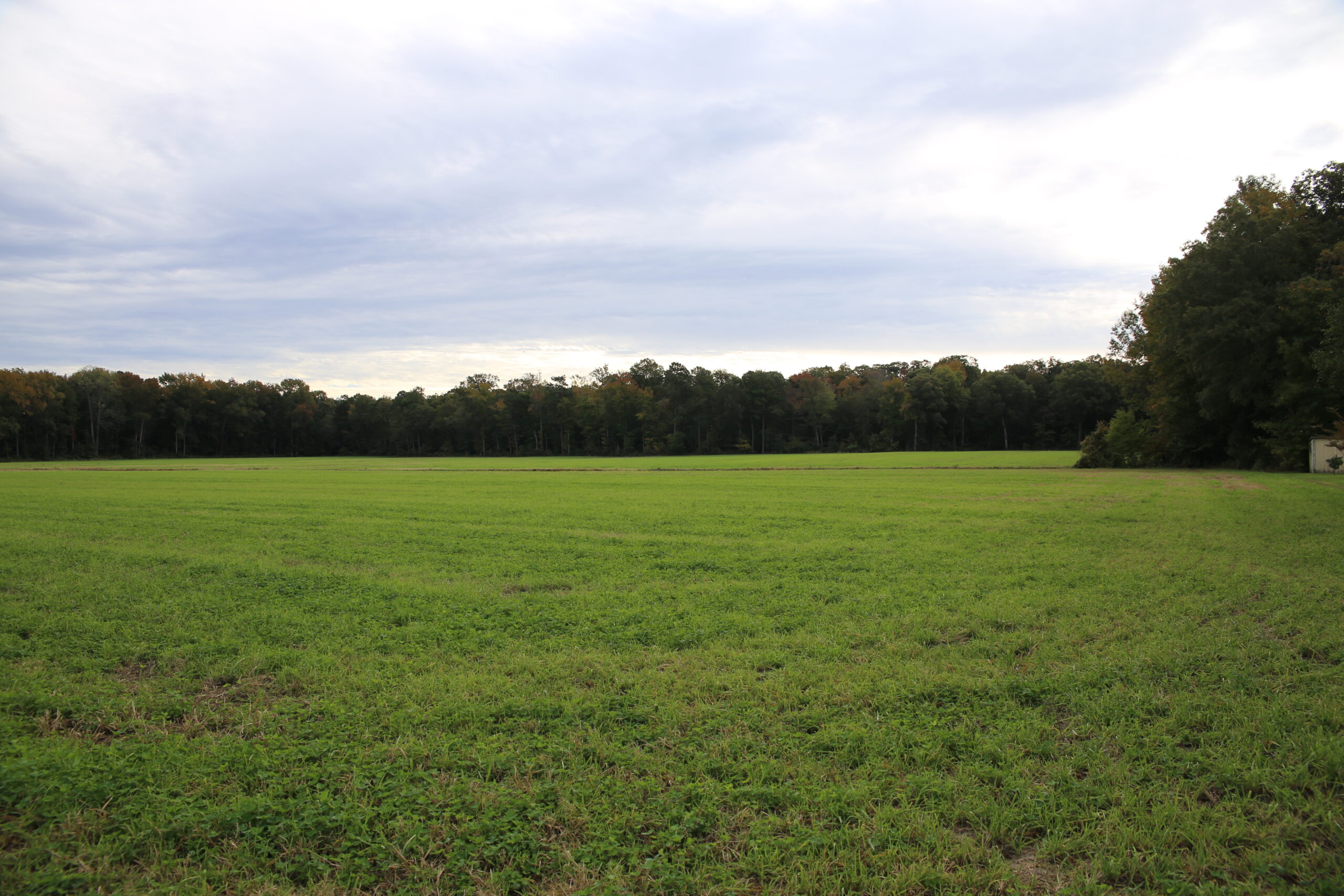
And just because Bonnie Acres is primarily farmed, doesn’t mean there isn’t any wildlife. It’s rare to find a farm on the Eastern Shore that does not include a pocket or corner or hedgerow of something other than open field. Most of ESLC’s conservation easements that protect farms inevitably protect marshes, forests, wetlands, riverbanks, and meadows that are important habitats for countless flora and fauna. While we discussed the need to keep things in balance (too many foxes mean less Bobwhite quail), it is still special that on a given morning you can see a herd of deer, a fox, a bald eagle, and turkeys all together at once in the corner of a single field at Bonnie Acres. The farm also provides important habitat for the Delmarva fox squirrel and protects a rare occurrence of the state endangered featherfoil (Hottonia inflata), an elusive aquatic plant with floating leaves and tiny white flowers. Each of these species adds irreplaceable value to our local ecosystem, thriving best in a network not unlike the community of farms just described.
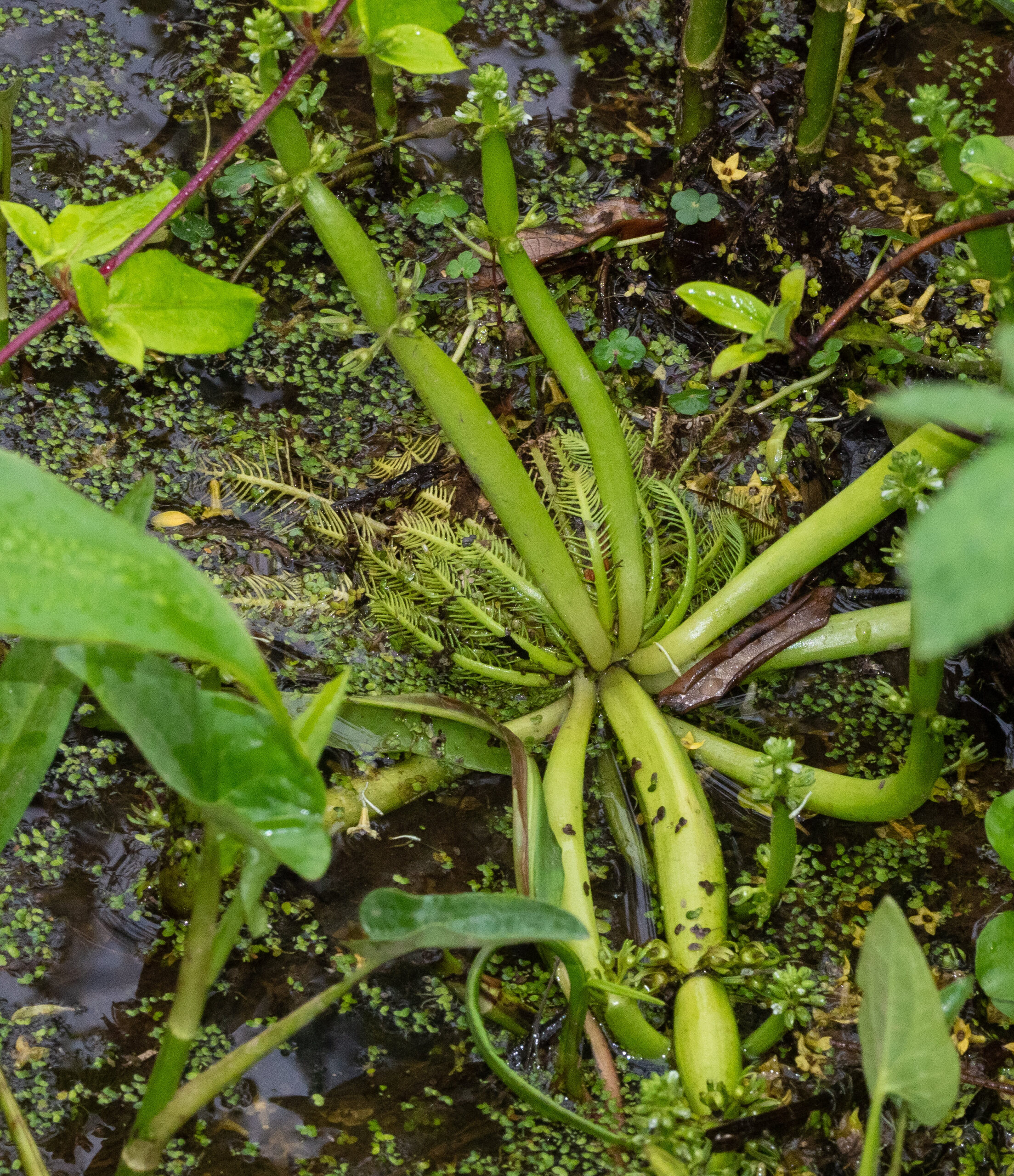
Between the hydraulic repair shop and the soybean fields at Bonnie Acres there’s a stretch of garden where the Coulbournes grow summer vegetables, including Walt’s favorite lima beans. As a child, Walt would spend summer days picking beans, then sitting on the front porch to shell the beans from their pods as he watched the cars go by. Sometimes friends or family would join and chat about the week while they were shelling. When it was David’s turn to do the shelling as a child he was often by himself. “Character building,” Walt joked. Walt, who grew up feeding calves, putting hay out, and shoveling silage after school back when the farm was a dairy. “It was hard work,” he said, “But you couldn’t have had a better childhood.” As we sat on the back deck, Walt reminisced about 4H, FFA, church fellowship, bowling, dances, pond swimming, biking, and being treated to ice cream after a morning of bailing straw.
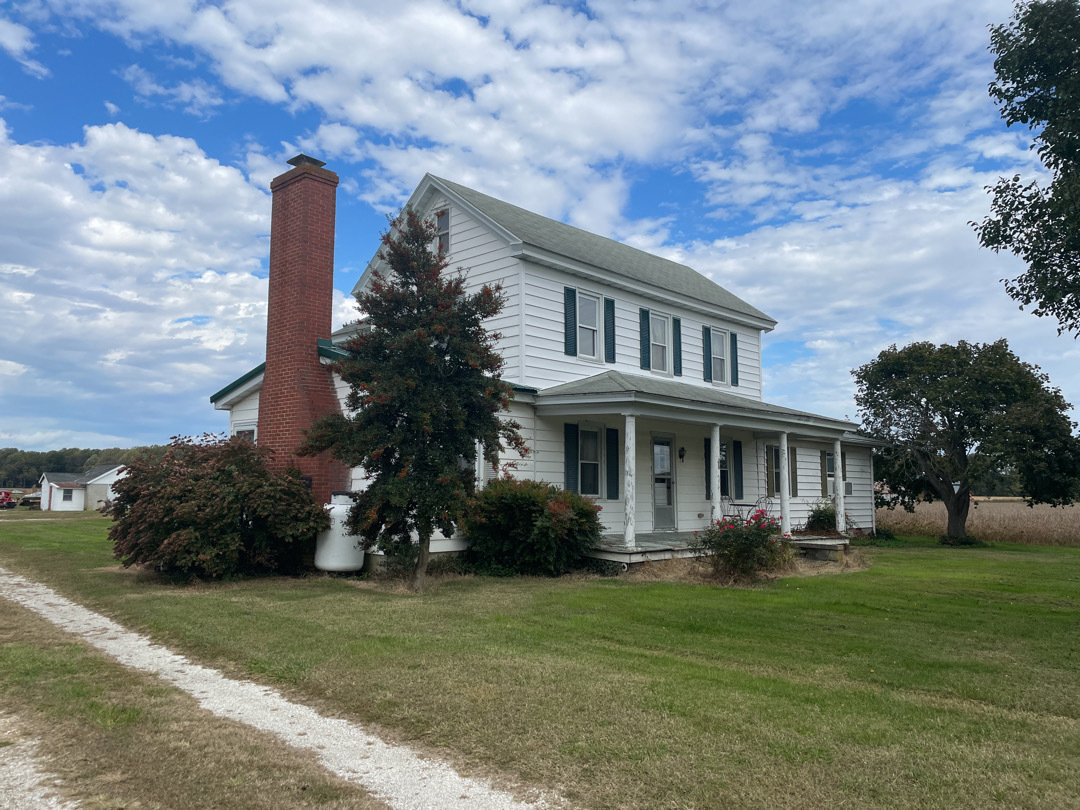
Decades later, the farm has only continued to challenge and delight him. From cattle to chickens to soybeans and corn, nowadays Walt is finding new connection to his land through haying. “The hay turned me into more of a farmer,” he said, “because we plant it and we cut it and we rake it and we bale it and we haul it. You do it all. You put a lot more work into it. You watch it closer.” One day it could be potatoes or watermelon. Maybe dairy. However it continues to evolve, Bonnie Acres will continue to be a living example of how conservation easements protect so much more than land. They protect the opportunity for people to experience meaningful outdoor work and lifegiving outdoor play from childhood through adulthood. They protect nature, culture, community, front porch relationships, and a bean-shelling work ethic that lasts for generations.
